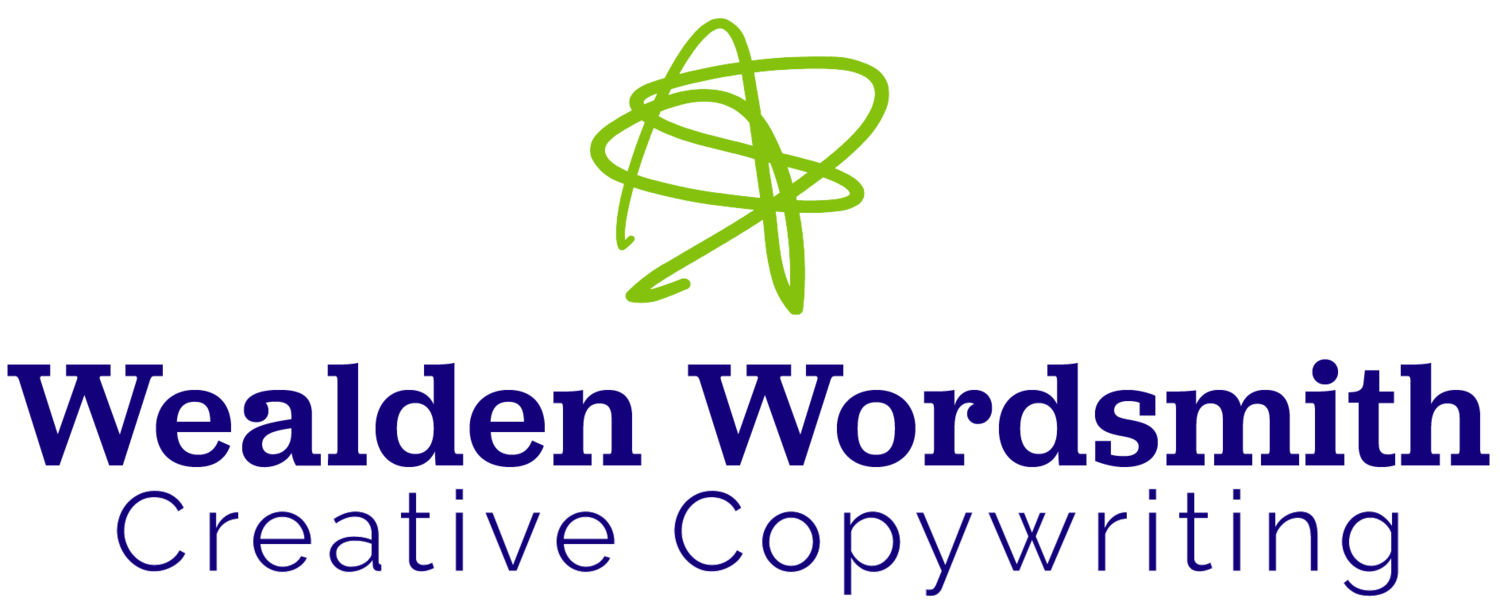Know Your Value: How to Price Copywriting Services Effectively
Photo: Prague astronomical clock by Patrick Pahlke/Unsplash
E.B. White once remarked: "There is nothing harder to estimate than a writer’s time, nothing harder to keep track of. There are moments—moments of sustained creation—when his time is fairly valuable; and there are hours and hours when a writer’s time isn’t worth the paper he is not writing anything on."
Spot on. You can always rely on Mr White, children’s author, essayist and literary stylist, to get to the heart of the multiple challenges faced by writers as they navigate the creative process.
And the quote prompts some interesting thoughts about how freelance copywriters and content writers go about pricing jobs.
Fuzzy edges
Without a doubt, the fluid boundaries that characterise the copywriting process make pricing a challenge.
There’s time spent researching a topic (which can vary widely between projects). Time spent thinking about how to approach the subject and outlining a structure. Time spent writing a first draft of the material (where, for example, there’s a world of difference between a short blog post and a comprehensive new website). Time spent editing that draft to ensure it meets your own (undoubtedly high!) standards. Time spent not actually working on the task at all. But letting the topic simmer, marinate and bubble under in your subconscious, and then feeding the outcome of this magical process into the draft. And, finally, the time spent editing the copy to reflect any client comments and suggestions (where the draft may need to go through more than one revision).
Which brings us to the $64,000 question… How do you actually work out what you should charge for a job given these multiple considerations and the inevitable differences encountered between projects in terms of scope, complexity and time commitment?
Time is money
First off, in an ideal world, you’ll get a clear brief from the client. But you’ve got to be realistic and accept that clients don’t always nail things down as tightly as we might prefer. If that’s the case, build in some time to work with them to understand their goals, clarify options and agree on planned deliverables.
Then you need to estimate the time and effort required to produce a piece of work, as an end-to-end process, whether it’s website copy, a blog post or a case study. Or, indeed, anything else requiring your word-wrangling skills!
As part of this endeavour, you must remember to factor in the difficulty or complexity of the job. Some projects are fairly straightforward, others may present more of a challenge. This might also mean reflecting any issues relating to the type of client: some are more demanding than others. And potentially adding a ‘contingency element’ if there are uncertainties about the job, to cover the likelihood of things not turning out as expected.
You’ll probably want to charge more if the work’s urgent and the client is pressing for a quick turnaround (possibly involving evening or weekend work). Conversely, you might want to offer a discount to a small, under-resourced charity or a new ethical business struggling to establish itself.
Overall, you don’t want to appear greedy, quote too high, and scare off a potentially good client. But nor do you want to pitch too low, undersell yourself and end up out of pocket. The trick is to strike the right balance, having quantified the task and considered all factors relevant to the job.
This should give you the confidence to price the job effectively, based on your standard day rate.
Keep it simple
Having got to that point, I usually offer a fixed project price, taking into account all the factors considered above. This provides clarity, predictability and certainty for both parties. Though some circumstances might steer you to offering a day rate, for example, a long-term retainer contract or an open-ended job where the requirements may change over time.
Whatever you do, don’t charge a word-based rate. Trust me. You’ll devalue the profession, end up selling yourself short (as you’re offering clients far more than simply words on a page), and feel wretched to boot!
So many questions
All of this, of course, begs another, essential, question: how do you set your standard rate in the first place?
If you’re just starting out as a freelancer, this may feel like a bit of a challenge. Or you may have been in the profession for a while but never quite nailed down what you should be charging.
But it’s not as difficult as it might appear.
Start by taking a look at the typical hour or day rates charged by junior, mid-range and senior freelance copywriters. There’s plenty of online advice available on the subject. (A good place to start is the annual copywriter survey published by Procopywriters, which includes information on daily fees.) And then work out how to position yourself against those pay ranges in terms of your skills level, experience, track record and the value your work will bring to a client (getting more eyes on their business, showcasing their unique brand, boosting SEO results etc).
So, there you have it.
Break the process down. Identify the variables. Manage the uncertainties. Charge the right rate for the job.
And you’re good to go!

